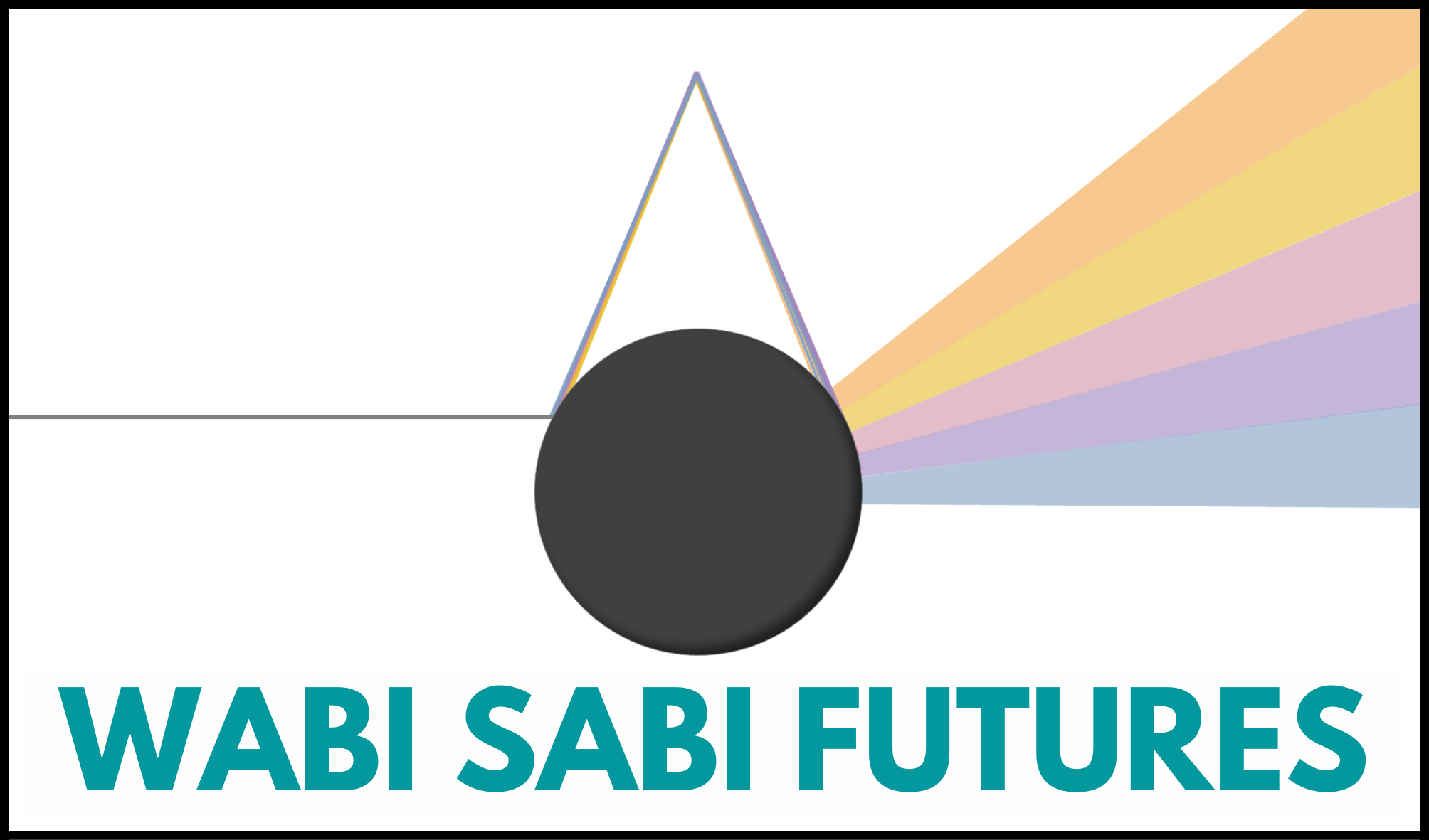As a futurist, I talk a lot with people about how to notice and respond to uncertainties. It’s kind of my thing.
We usually unpack uncertainty as a hypothetical possibility in a workshop setting. We step back, consider the situation from multiple angles, and create some space to be curious and contemplative.
Uncertainty hits different when you are at a fork in time and can palpably feel the options diverging from the present moment.
Knowing and not knowing
Today my nervous system is both functioning and degenerating. I’m in the waiting space having completed a battery of tests but not yet discussed the discussed results.
I have Schrodinger’s central nervous system, waiting for someone to open the box and tell me what they see.
Planning around the unplanned
I sometimes joke that people are drawn to foresight because they want to be prepared for every possible eventuality.
It seems only fitting that I’m currently grappling with learning to make plans around my health, which cannot be planned for. I’m learning to listen to what my body needs, notice early signals of fatigue, and structure each day with a limited number of commitments and a lot of room to adapt it to what I need.
Finding signal in the noise
An unexpected upside of high uncertainty is it brings into sharp relief what truly matters.
I’ve used this to reconfigure my priorities and create some new guidelines for my own decision-making.
Staying present
The biggest challenge for this part is not staring into the void.
Each day I’m making time to do things that slow my thoughts and physically connect me to this place and moment, like yoga, meditation, gardening, and craft.
